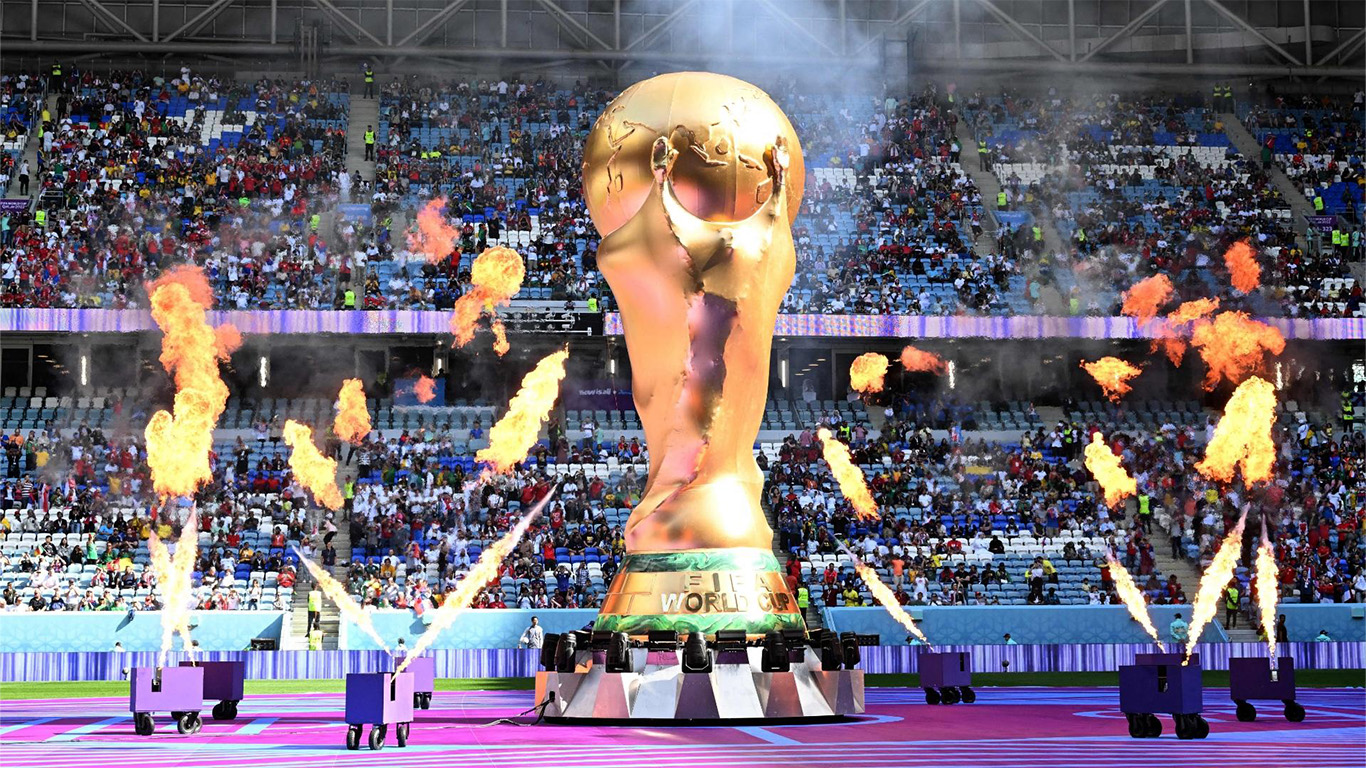A Psychological Framework for Putting Stakeholders in Motion
A Psychological Framework for Putting Stakeholders in Motion


The Stakeholder Economy has risen.
A brand’s customers, clients, and attendees are moving beyond passive consumers and have evolved or are evolving into stakeholders. These stakeholders expect to invest — their time, their focus, their energy, their personal brand reputations, their money — and they expect a return. They want to have a say in the brand. They want to have a role in a product’s future. More than ever, people expect to be seen, heard, and valued by brands.
In this piece, we will delve into the psychology of stakeholders, what they expect, and how brands and experience architects can more fully engage with the people most vital to their success.
Psychology Frameworks for Putting Stakeholders in Motion
Across all media, experience strategists and designers have tapped into the power of psychological frameworks. In this stakeholder-driven era, great experiences begin by embracing Andrew McClelland’s human motivation theory.
This theory proposes that three primary human motivations drive our sentiments, attitudes, and behaviors.
- Affiliation
People motivated by affiliation feel accomplished by participating in something bigger than themselves and are driven to connect, form, and join communities. - Power
People motivated by power feel accomplished when they can influence people and projects, especially when publicly recognized. - Achievement
People motivated by achievement feel accomplished when they work on important, purposeful work.
Most people are naturally motivated by a mix of these, and often, one dominant motivator shines through. Let’s dive into these three stakeholder motivators and how to use those motivators to design events that will engage stakeholder attendees and put them in motion through each phase of the attendee journey.
Motivator 1: Affiliation
On the surface, affiliation is the easiest motivator for which to design. At their core, events and experiential marketing are about gathering community and enabling connections. Interestingly, even though connecting and networking with colleagues and peers is cited as one of the most important reasons people attend events, many planners leave this component to chance. People driven by affiliation want to connect and participate, not just have a casual conversation over a cocktail. So, how can we facilitate meaningful connection throughout the entire attendee experience?
Pre-Event
- Social Invitation
To drive deeper meaning with affiliation-motivated attendees, share the types of people who should attend or are attending the event. Include testimonials from previous events, especially those that include how much they enjoyed and derived value from networking and the community atmosphere. During registration, ask questions to establish like-minded groups. The questions can be business related or lighthearted, such as ‘sweet or salty’ or ‘night or morning person.’ Have fun with this information pre-event by sharing how many other attendees had the same preferences and create onsite experiences based on these traits. - Choose a Path
As attendees start to plan for their event, help them understand what type of attendees have registered for which sessions and experiences. Provide sample agendas based on ‘people in similar roles.’ If your attendees and organizations allow, publishing the attendees and their roles will also help prospective attendees determine if the event will be valuable to them and who else will be there.
During the Event
- Starting and Meeting Points
Remember the first day of summer camp—eagerly waiting for a camp counselor to place you in a group based on number, color, or animal? Attendees often experience that feeling when arriving at an event. Create areas for groups to meet upon arrival to create a sense of inclusiveness and belonging to catalyze a small community. Staff these with ambassadors and pose questions to break the ice or reflect on the day. - Birds-of-a-Feather Areas
Sometimes, we want to go where everybody knows our name. Designate tables or rooms inside a larger reception based on topics. They don’t necessarily have to be business related, so have fun with it: Starbucks vs. Dunkin or Dogs vs. Cats. You can use some of the questions you asked during registration to get people talking.
Post-Event
- Regional Get-Togethers
Events are ephemeral moments in time. But the magic created at your event doesn’t have to end when the event does. Affiliation-driven attendees want to continue connecting and learning from each other. Forums, regional events, and even informal networking meetups address this need, enabling attendees to continue connecting.
Motivator 2: Power
The power motivator is all about influencing others and controlling the experience. Connecting and engaging with attendees who are power-motivated can seem more challenging. After all, some of their characteristics include working alone and not shying away from a confrontation. With some ideation and focus, event strategists can harness this motivator as they are often persuasive speakers and want to help put their stamp on the event.
Pre-Event
- Peer Speakers
One way to engage power-driven people is to ask them to speak at your event. Find your next power-driven speaker by asking who would be interested in speaking during registration. The planning team interviews those who answered yes to vet speaker talent. Once selected, an executive leader's personalized invitation to speak works best. This is a win-win opportunity, providing your event with a persuasive peer speaker/influencer while catering to their power needs.
During Event
- Team Leaders
Another way to engage this persona is to put them in charge of a team. This persona is driven to win and take charge, so this role fits them perfectly. Putting them in charge of an event competition team or a volunteer activity is a great way to motivate this person to act and lead. - VIP Experiences
Power-motivated stakeholders love recognition. Design ways for attendees to contribute to the event and reward them with specialty badges, VIP seating, and private lounges. - Public Recognition
What better way to engage with a power-motivated person than to put their name in lights? Recognize attendees who have contributed to the event or distinguished themselves in some way by displaying their name on a wall, digital experience, or activation to make them feel extra special.
Post-Event
- Design Contribution
Another win-win way to engage power-driven attendees is to ask them for help planning next year’s event. Encourage them to participate in focus groups, interviews, or surveys. You will walk away with valuable data insights; attendees will feel they influenced the experience.
Drive 3: Achievement
The achievement-driven person is motivated by accomplishing defined goals. They love the act of job task completion and are usually motivated intrinsically rather than needing extrinsic rewards (unlike the power-motivated persona). It’s interesting to note that because of the need for accomplishment, they may not want to partake in activities or projects that are very high risk as they may deem those activities as un-accomplishable. They tend to like clear goals and appreciate feedback.
Pre-Event
- Checklists
Create a pre-event and during-event checklist for achievement-motivated attendees to complete, driving momentum and engaging them from start to finish. - Early Activities
Engage with attendees pre-event by launching competitions and activities early. For example, have them submit a short video about what they're excited to learn or accomplish at the event. Consider offering some value (like a points system) for participating. You could even offer the prospect of airing the video during the event.
During Event
- Physical and Mental Challenges
This belongs in the just-for-fun camp but is a great way to loosen up the team and provides a way to engage the achievement-driven attendees. Create an experience or series of experiences that require some mental or physical dexterity. For inspiration, consider a micro-escape room or a larger-than-life puzzle. These experiences should align with the event’s key messages and perfectly target achievement-driven people. - ESG Challenges
Solicit the audience to help with your organization’s ESG initiatives. Achievement-motivated attendees are doers. They will rally the troops for you and help you accomplish meaningful goals.
Post-Event
- Feedback
While welcoming feedback is good business, it is especially important to achievement-driven attendees. Consider sharing feedback and survey responses with your audience post-event to allow them to compare their final thoughts with other attendees. Tell them how their feedback will influence and improve future event design.
Final Thoughts
Putting stakeholders in motion requires an understanding of what will motivate your attendees. Brands uncover stakeholder motivators through analytics and surveys; however, designing the experience for a mixed audience is best. Ultimately, our psychological framework is about connecting at a human level and aligning experiences to attendee preferences to drive action.
Keep watching this space as we continue to release research, frameworks, and playbooks that put the power and potential of stakeholders at the core of our strategies, pushing everyone beyond the moment and catalyzing a new movement for experience design.
More Like This, Delivered to You
As our agency continues to explore the future of experiences, you can join us and leaders from Google, Microsoft, Salesforce, and many more of our clients to stay ahead of what’s next by subscribing to XO. Each month, you’ll receive our latest insights and perspectives, plus carefully curated links worthy of your next new tab.
Insights in
the Inbox
XO is a newsletter with a mission to be loved by marketing executives and event professionals.
Through careful curation and purposeful prose, XO serves thousands of leaders who want to stay on top of what’s new and what’s next in the world of experiences.
To join in, see past issues or subscribe below.



